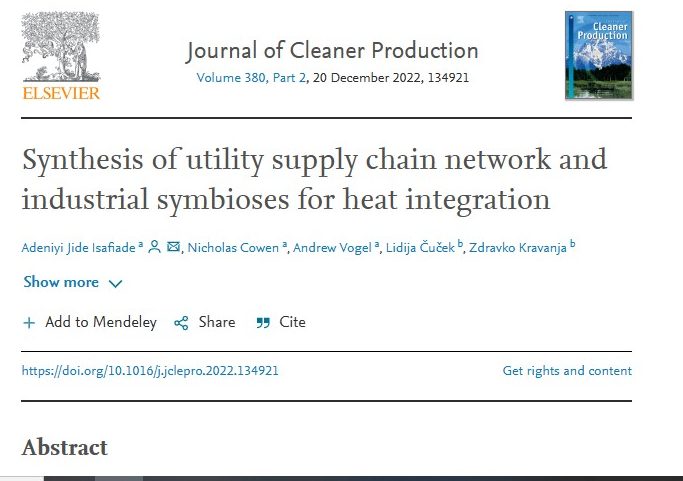This paper presents a method for integrating the periodic heat demand of sets of co-located process plants with a biomass-based utility supply chain network. The methodology adopted involves generating a composite superstructure, which combines the supply chain model and the multi-period interplant stage-wise superstructure model. Supply nodes in the supply chain are linked to the central utility hub through a set of transportation/energy transmission options, while the utility hub is linked to a set of co-located process plants through fluid transmission pipelines. The developed model was applied to a hypothetical case study involving three co-located process plants. The solution generated involves the use of biomass, transported by truck. For hot utility generation at the utility hub, corn stover is used in all seasons (63.4% of the total feedstock), glycerol in seasons 1 and 3 (27.1% of the total feedstock) and wood only in season 1 (9.5% of the total feedstock). In terms of hot utilities generated from the selected feedstocks, only high- and low-pressure steam were selected. Of the 14 heat exchangers selected, 3 involve interplant heat exchange at the utility hub, 2 are hot utility heat exchangers, 1 is cold utility exchanger and 8 are intra-plant heat exchangers. The developed method illustrates how seasonality in availability of bio-based renewable energy sources and the periodicity of process plants operating parameters influence the heat demand of co-located process plants.



